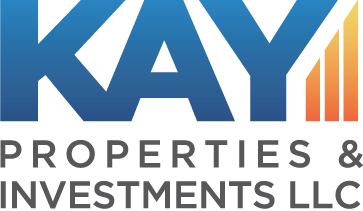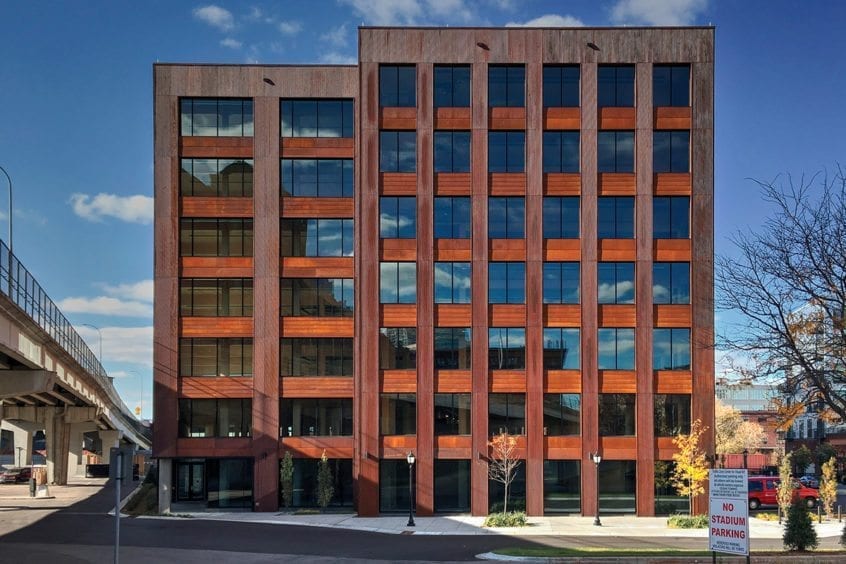By: Betty Friant, Senior Vice President of Kay Properties and Investments and the Kay Properties Team
How to get tax free cash out of a 1031 Exchange
The main driver behind any 1031 Exchange is the ability to defer the capital gains tax on the sale of a property by rolling proceeds into an eligible “like kind” replacement property. What if you could also get tax free cash out of that replacement property? You can do just that with certain tenant-in-common (TIC) investment opportunities.
What is a TIC?
A TIC is a syndicated investment structure where individual investors own a fractional interest in a property. Co-owners have direct ownership in a property, and as such properly structured TIC investments are recognized by the IRS as eligible replacement properties in a 1031 Exchange.
How can I get cash out of a TIC?
The cash out option only works in certain situations. Typically, an investor puts money into a TIC that is structured as an all cash investment, or an asset that has no debt. For example, if an individual sells a property for $1 million that did not have any debt on it, he or she could roll that $1 million into a debt free TIC found on the www.kpi1031.com marketplace. In some cases, those debt free TICs involve a property with some type of value add component, such as a redevelopment. Once the property stabilizes with strong occupancy and potential cash flow, the TIC sponsor company (the real estate company that put together the offering) will proceed to place a loan on the property. Exactly when that financing occurs, and at what amount, varies depending on the individual deal. The financing may happen in year one, two, three or even later into the investment hold period. Likewise, that loan could be done at very low leverage, such as 40%, or at higher leverage of upwards of 75%. The loan replaces investor equity, allowing each co-owner to collect their pro rata portion of the loan proceeds as a special one-time distribution of their invested capital.
Why is it tax free?
Commercial property owners often refinance a property during the hold period and pull equity out for other purposes. It’s much like when a homeowner uses a line of credit to take out money against their house. A homeowner might draw $25,000 to pay for a renovation or buy a boat. However, you don’t pay tax on that money because it’s not income. You are taking out money that already belongs to you.
Example:
An investor sells out of a property for $1 million and rolls all of that money into an apartment building structured as a debt free TIC. Two years into the deal the sponsor elects to put a loan on the property at a 50% loan-to-value. The investor will get $500,000 in cash out that is income tax free, because the investor is getting their own money out of that investment. The investor can do anything they want with that money, whether that is funding new investments or a trip to Vegas.
How do I find a TIC with a cash out opportunity?
A TIC sponsor will typically outline details of the business plan for a property, including any intent to finance a property at some point in the future, in the private placement memorandum (PPM). It is important to keep in mind that there is always some element to risk in real estate investment, and there is no 100% guarantee that a sponsor will be able to secure a loan at all, let alone at the desired interest rate or LTV. Market conditions may change that impact property stabilization, interest rates or access to financing. It is important for investors to read the PPM to understand the business plan and risk factors of the investment as well as to speak to their CPA and attorney regarding details of their particular situation.
What are the downside risks?
Investors are shifting from a debt free property to now a property that has a loan. Any time there is debt on a property it does add more risk to an investment. The lender is now in the first position (first to get paid), and the equity investors (TIC co-owners) move to second position. In addition, the loan may have a balloon payment in the future that could squeeze cash flow, or there is foreclosure risk if occupancy drops sharply and the property doesn’t generate enough cash flow to pay the debt service.
When the property eventually sells and you want to do another 1031 Exchange, you will have to replace the sale price in the replacement property – per the IRS 1031 requirement of purchasing equal or greater value in your replacement property in order to receive full 1031 tax deferral. If you sell for $1 million, but you only have $500,000 in equity from the sale, then you will either have to come out of pocket for $500,000 in order to go into another debt free 1031 opportunity or go into a 1031 investment that has a 50% loan-to-value.
The 1031 cash out TIC option is not for everyone, however for those seeking 1031 tax deferral as well as potential liquidity it is definitely worth exploring. For a free list of 1031 TIC cash out refinance opportunities please register at www.kpi1031.com

